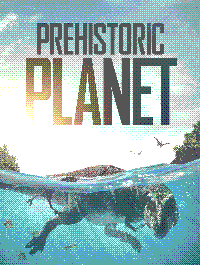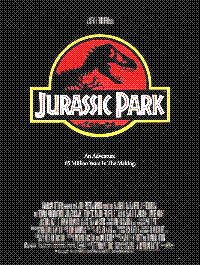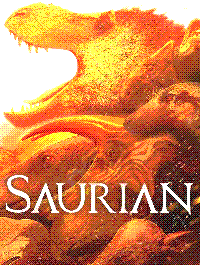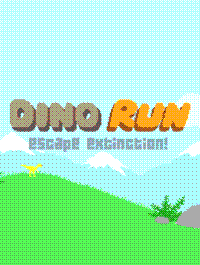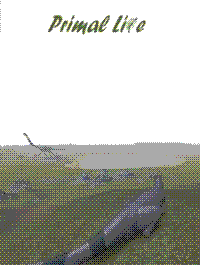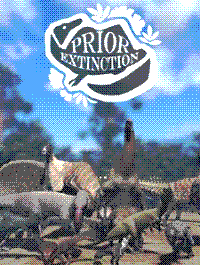

Dinosaurs were a group of large terrestrial reptiles that lived approximately 67 million years ago in an era called the Mesozoic. The Mesozoic era lasted 186 million years, making it an extremely long and complex period of our Earth's history. For comparison, the era we currently live in, dubbed the Cenozoic, has only existed 66 million years. Dinosaurs evolved from archosaurs, the same reptiles from which crocodilians and pterosaurs evolved. They emerged in the Triassic period, and lived through the Jurassic and Cretaceous as well, before all non-avian dinosaurs went extinct.
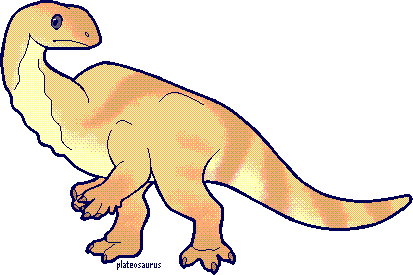
The Triassic period was home to some very unique life! It began right after the Permian-Triassic extinction, the most devastating extinction event we know of. It was known as 'the great dying', and lead to the extinction of 70% of terrestrial vertebrate species and 81% of marine species on Earth. This lead to a diversification of the remaining species to take up the resources. Dinosaurs emerged from archosaurs in the Late Triassic period, though were significantly smaller than their later relatives. The Triassic is known for dinosaurs like Coelophysis, Herrerasaurus, and Plateosaurus. Dinosaurs rapidly began to outcompete the other species around them.
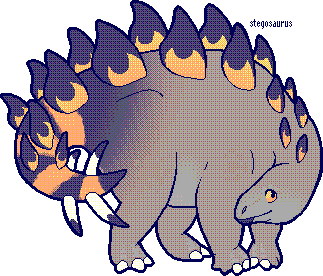
The Triassic-Jurassic extinction event cemented the dinosaurs as the dominant land animals, killing off all other archosaur groups aside from crocodiles, dinosaurs, and pterosaurs. Dinosaurs diversified greatly in the Jurassic, some growing to massive sizes. The Jurassic brought about the sauropods, massive animals with long necks that could reach 26 metres (85 feet) long. Stegosaurus is probably the best-known animal from the Jurassic period, alongside Allosaurus and Brachiosaurus. The Jurassic period is the most well-known period of the Mesozoic in pop culture, due to the movie Jurassic Park. However, the most popular dinosaurs predominantly come from the following period, the Cretaceous!
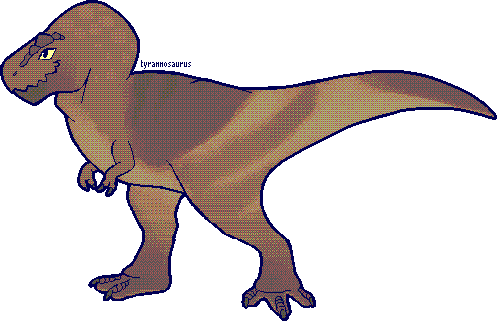
The Cretaceous was the last period of the Mesozoic. Dinosaurs remained as the dominant terrestrial species in this period, and the most well-known dinosaurs come from this period. Tyrannosaurus, Triceratops, Velociraptor, and Spinosaurus all lived within the Cretaceous period. Unfortunately, the Cretaceous period ultimately ended in the extinction event that killed the dinosaurs... though not all of them.
The Cretaceous period left behind only one group of dinosaurs, the avian dinosaurs. These are still alive today, in the form of birds! Every bird you see outside is a descendant of the longest ruling group of terrestrial animals in Earth's history. Birds aren't just related to dinosaurs, they ARE dinosaurs, which consequently makes them reptiles. Well, if you really get into it, we're all just lobe-finned fish, but... not the point.
The first human discovery of a non-avian dinosaur came in 1677 in the form of the lower half of a femur from a large theropod dinosaur, which was initially dubbed 'Scrotum humanum' due to its unfortunate ressemblance to a human scrotum. The dinosaur was, luckily, later renamed Megalosaurus.

I've been drawn to dinosaurs since I was a kid, I remember always checking out the dinosaur books from the school library when I could. I just always thought they were so cool and interesting, and the mystery surrounding them has always fascinated me. They're incredibly unique and complex creatures that were around for such a long time, and now their only relatives are fairly small and nearly unrecognizable animals. My favourite dinosaur is Citipati osmolskae, a large oviraptorid dinosaur native to Mongolia. Like most oviraptorids, they were likely omnivorous. They were known for taking great care of their nests, many fossils of Citipati are of mothers who died protecting their eggs from sand storms.
Here are some fossils I find very cool!
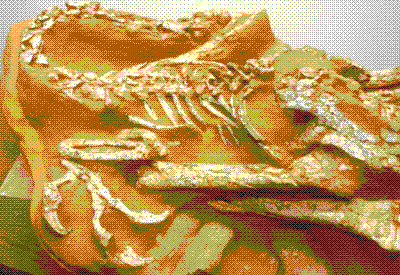


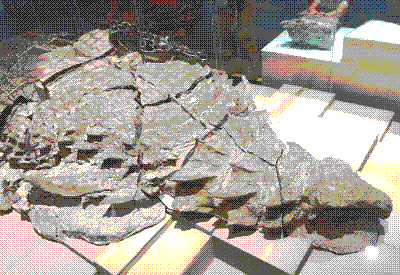
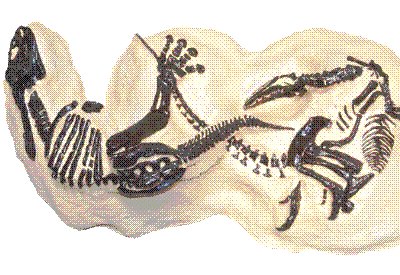
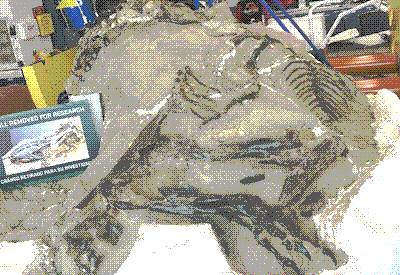
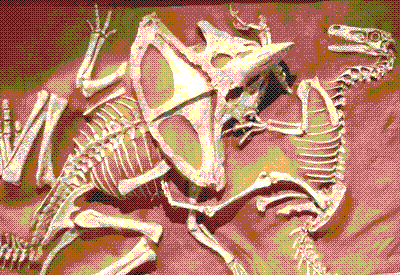
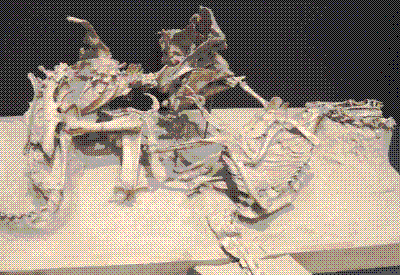
And here's some dinosaur-related media I enjoy/enjoyed!


